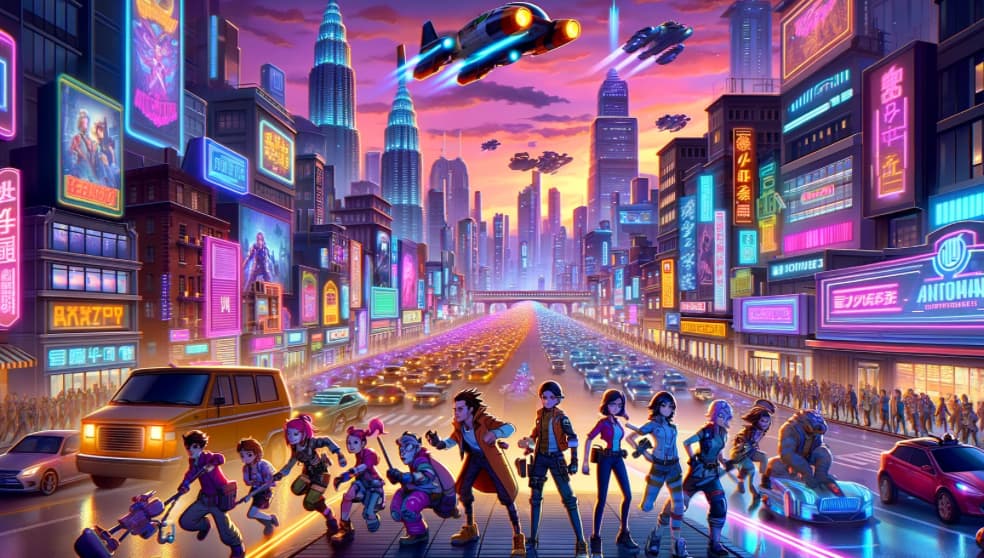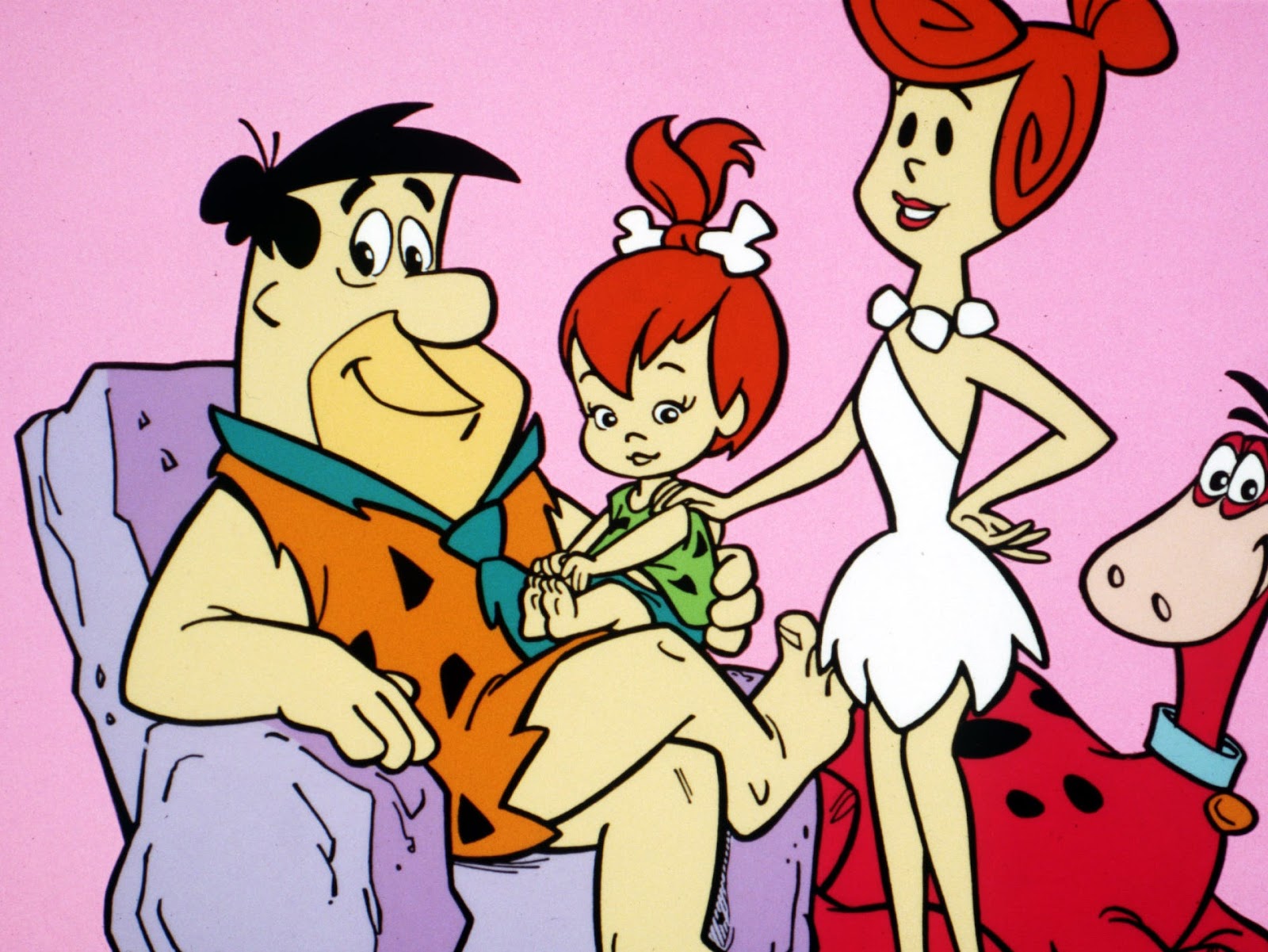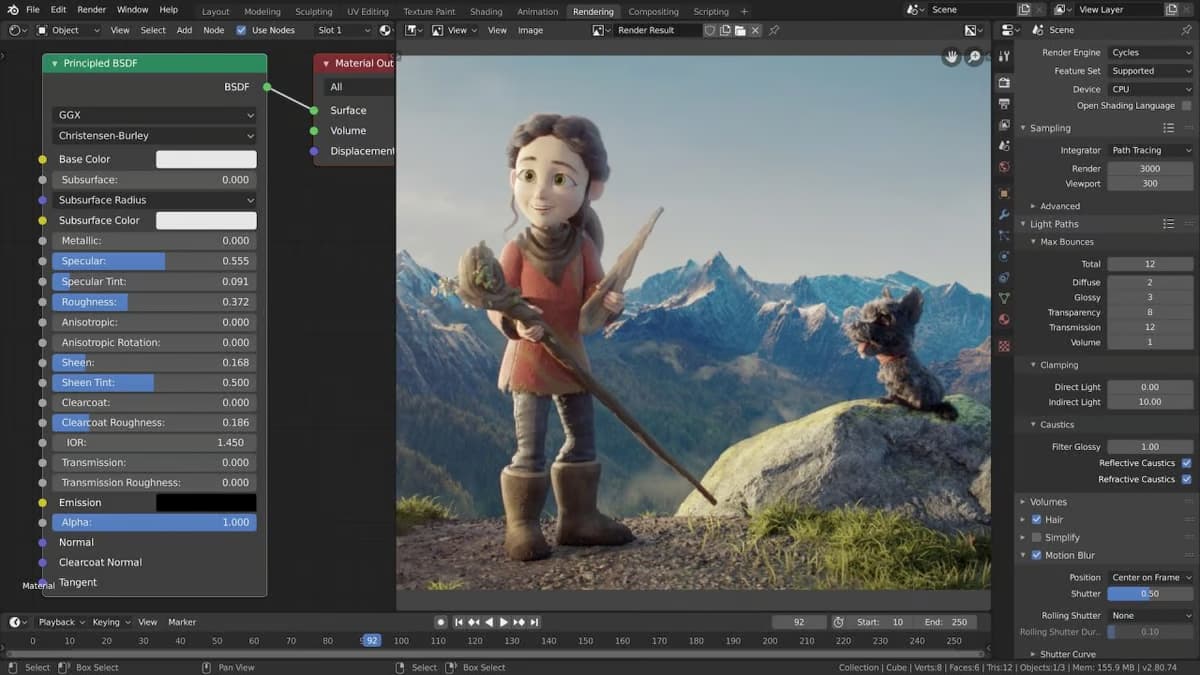In the realm of animation, the time required to produce a series varies significantly, influenced by the style of animation (2D or 3D), the intricacy of the details, and the complexity of the narrative. This duration could span from several weeks to a few months for simpler productions.
Producing animations in 2D often requires less time compared to 3D animations, which may necessitate more detailed animations, movements, props, and characters. For smaller studios, undertaking a 3D animation project could extend over several years.
Animation Series Production – How to Create Animated Series?
Within traditional animation studios, the creation of an animation series undergoes eight distinct stages. These include scriptwriting, concept art and character design, storyboard and screenwriting, illustrations or motion design, animation, and finally, the addition of sound and other effects. Each stage plays a crucial role in transforming carefully planned scripts and storyboards into captivating animated series.
take just a few weeks, more complex endeavors, especially in 3D animation, could stretch over several years, especially for smaller production teams.
Stage 1: Conceptualization
The journey begins with conceptualization, where ideas are born and the foundation of the series is laid. This stage is about brainstorming the core idea, theme, and overarching narrative of the series. It’s a creative process where creators map out the universe of their series, identifying key elements such as setting, characters, and the conflicts they will face. Conceptualization is essential for establishing a unique and engaging premise that will captivate audiences and set the series apart from others.
Stage 2: Scriptwriting
At the scriptwriting stage, the series’ storyline is meticulously mapped out. This critical phase involves crafting the narrative in a way that resonates emotionally with viewers, setting the tone for the entire series. Scriptwriters work to develop compelling dialogue, plot twists, and character arcs that will keep audiences engaged from beginning to end. This stage often involves multiple revisions to refine the story, ensuring that each episode contributes to the overall narrative arc and builds towards a satisfying conclusion.
Stage 3: Concept Art and Character Design
Here, artists bring the series’ visual elements to life, designing characters and scenes that align with the narrative’s style and essence. This collaborative effort between animators, illustrators, and art directors shapes the series’ visual identity. Concept art and character design are crucial for visualizing the world of the series and its inhabitants, allowing creators to experiment with different styles and aesthetics until they find the perfect look. This stage sets the visual tone, influencing everything from the animation style to the color palette used throughout the series.
Stage 4: Storyboarding and Screenwriting
Following concept art and character design, detailed storyboards and screenplays are developed. This stage outlines the visual flow and structural setup, ensuring the storytelling is coherent and impactful. Storyboards provide a frame-by-frame breakdown of the action, serving as a visual script for the animators. This meticulous planning helps to anticipate and solve potential storytelling challenges, facilitating smooth transitions between scenes and ensuring that the visual storytelling complements the script. It’s a pivotal stage where the narrative and visual elements begin to merge, guiding the production team as they bring the series to life.
Stage 5: Illustrations or Motion Design
Transitioning from sketches to detailed illustrations or motion designs, this phase is where the series’ visual identity is fully realized. Artists work closely with directors to ensure the visuals accurately convey the intended tone and emotion. This stage is essential for setting the visual foundation of the series, involving detailed work on backgrounds, characters, and key elements that define the series’ aesthetic. The collaboration ensures that each illustration or motion design piece is a storytelling tool by itself, rich in detail and ready to complement the narrative seamlessly.
Stage 6: Animation
The animation stage breathes life into the previously designed characters and scenes. Whether through 2D or 3D animation, this phase is about transforming static images into dynamic, expressive sequences. It’s where the magic happens, with animators employing a range of techniques to infuse characters with personality and motion. This stage demands a high level of skill and creativity to achieve fluid movements that resonate with the viewer, ensuring that the animated world feels alive and engaging. Animators and directors frequently collaborate to refine animation sequences, ensuring they perfectly capture the narrative’s essence.
Stage 7: Sound Design
Sound effects and musical scores are added to enhance the series’ emotional depth and realism. This stage is crucial for immersing viewers in the animated world. Sound designers meticulously create and select sounds that elevate the visual experience, from subtle background noises to dramatic musical cues. This auditory layer is key to making scenes more compelling and emotionally resonant, effectively complementing the visual storytelling. It’s a detailed process that requires a deep understanding of the narrative and its emotional beats, ensuring that the sound design perfectly aligns with the series’ tone.
Stage 8: Editing and Post-production
With animation and sound in place, the series undergoes editing and post-production. This stage refines the final product, ensuring seamless transitions and a polished look. It involves critical tasks such as cutting and assembling scenes, color grading, and adding visual effects. Post-production is where all the elements of the series are brought together and fine-tuned, ensuring that the pacing is right, the narrative flows smoothly, and the visual and auditory elements are in harmony. This phase is vital for achieving the desired impact on the audience, making it one of the most transformative stages of production.
Stage 9: Voice-over Recording
Voice actors bring characters to life, adding another layer of depth and personality. The recording process is critical for aligning voice performances with the animation. This stage gives characters their voices, making them more relatable and memorable to the audience. Voice-over artists work closely with directors to capture the right emotion and tone for each line, ensuring that their performances match the animated actions and expressions. This collaboration is essential for creating characters that viewers can connect with, adding a crucial human element to the animated series.
Stage 10: Final Review and Distribution
The series is reviewed for any last-minute adjustments before distribution. This final stage ensures that the animated series meets all creative and technical standards before reaching the audience. It’s a comprehensive review process that involves creators, producers, and technical teams who scrutinize every detail, from storytelling coherence to technical quality. Following approval, the series is prepared for distribution across various platforms, marking the culmination of a meticulous and collaborative process. This stage is critical for ensuring that the series is ready to captivate audiences worldwide, representing the team’s collective effort and vision.
To Wrap Up
In conclusion, the creation of an animation series is a complex and multifaceted process that involves a multitude of stages, each with its own set of challenges and requirements. From the initial conception of the script to the final addition of sound and other effects, every step is integral to bringing the animated world to life. The journey from concept art and character design through to illustrations, motion design, and the final animation highlights the collaborative effort between artists, writers, animators, and directors. This intricate dance between creativity and technical prowess results in the captivating animation series that audiences around the globe love and cherish.
As the industry continues to evolve with advancements in technology, the possibilities for what can be achieved in animation expand, allowing storytellers to push boundaries and explore new horizons. Yet, the traditional stages of animation production remain as the backbone of the creative process, ensuring that the essence of storytelling through animation remains vibrant and compelling. Whether through the charm of 2D animations or the immersive depth of 3D animations, the art of animation series production is a testament to human creativity and the enduring power of visual storytelling.



